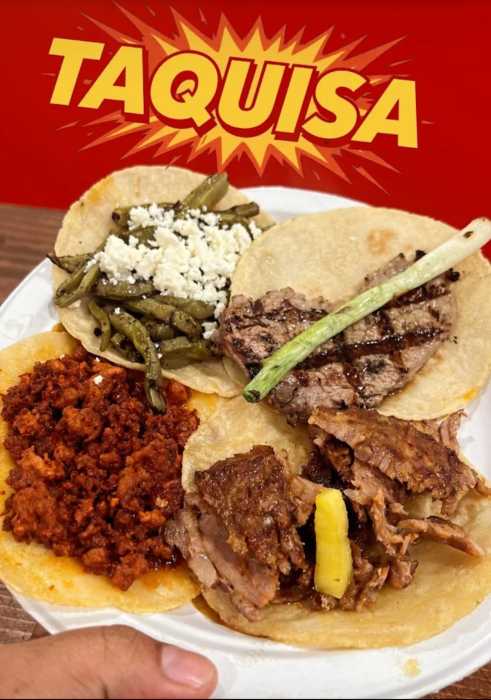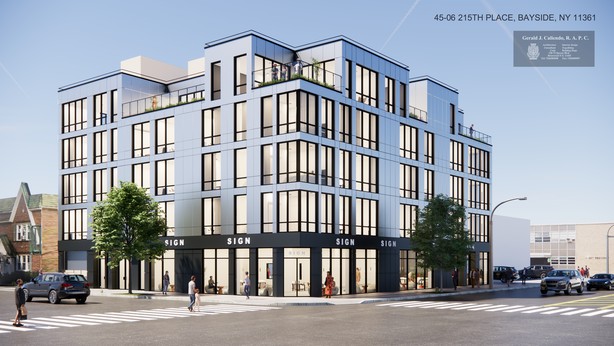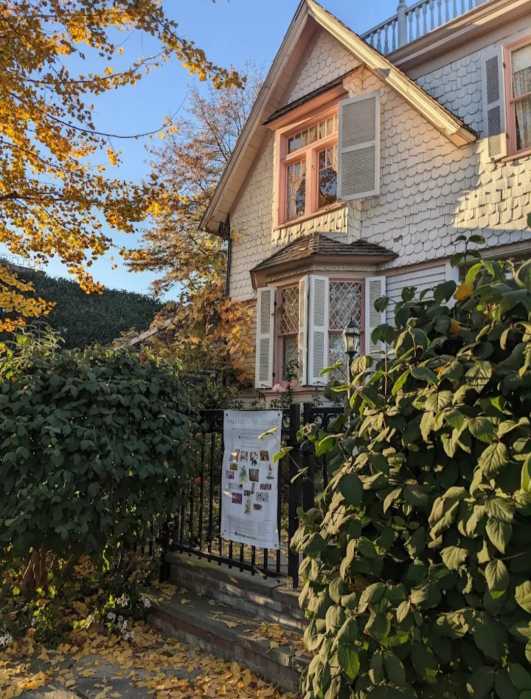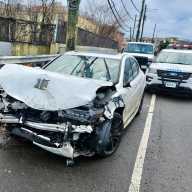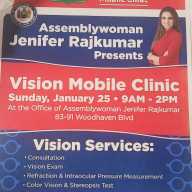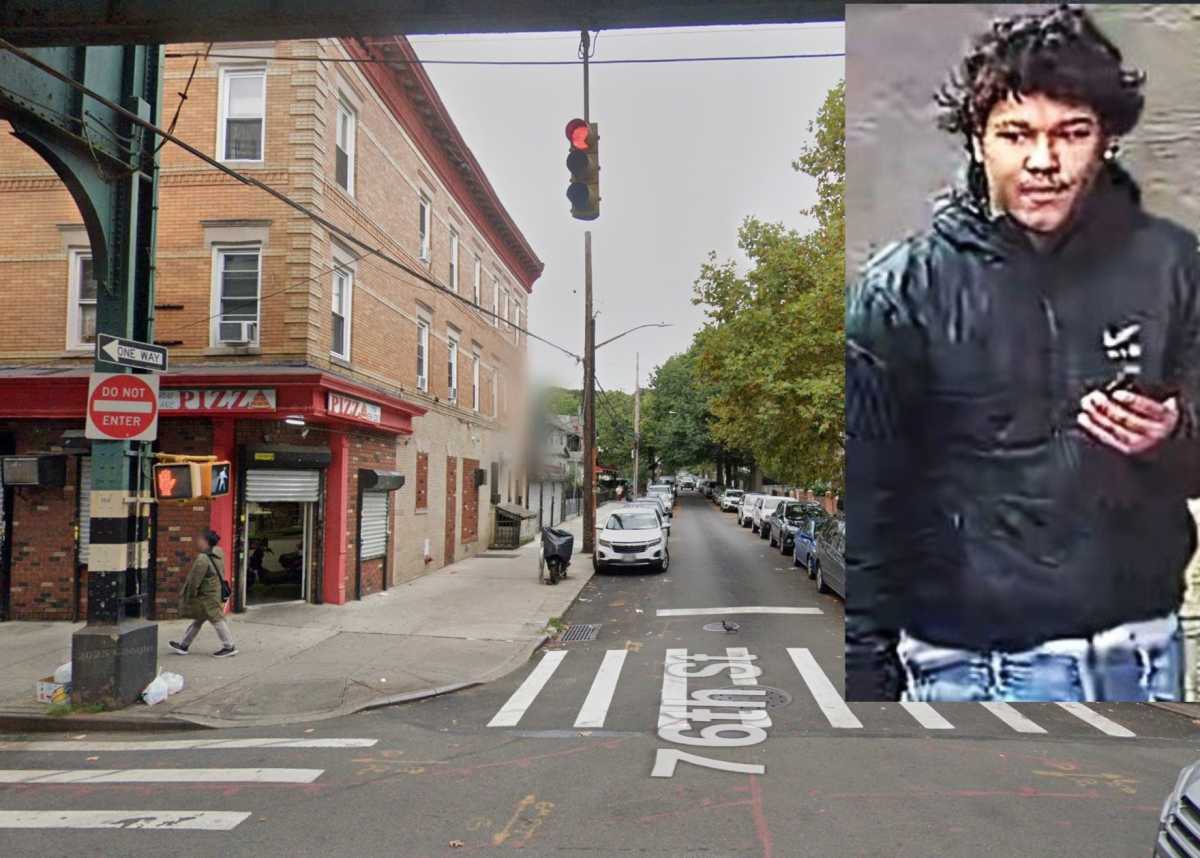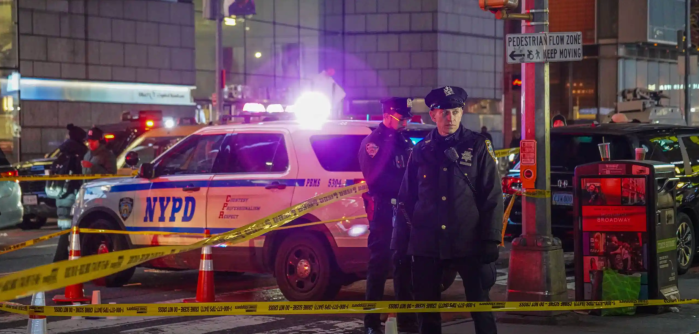Bayside bucks?
Yes, there was a time when people in northeast Queens had their own money.
For much of the nation’s history, there was no Federal Reserve. Chartered banks, including the Bayside National Bank, actually issued their own currency, by agreement with the U.S. Treasury,
The national banking system was started in 1863, during the Civil War, and “National Currency” from individual banks was backed by “United States bonds or other securities.” It was good for all uses – except paying import duties or “interest on the public debt” such as the bonds backing the currency.
Established in 1905, the Bayside National Bank began issuing “Series 1905” bills, which were actually printed in the U.S. Bureau of Engraving in Washington, D.C. The only difference between their bills and those from other banks around the country was the bank name, signatures and bank charter number.
The “twenties” of the day didn’t have Andrew Jackson on them – he didn’t get on the money until 1929. Hugh McCulloch, the man on the bill, was Secretary of the Treasury under Presidents Abraham Lincoln and Andrew Johnson, and later Chester A. Arthur.
The national currency system had its flaws – if people panicked and tried to take all their money out of a bank it could fail. These “bank runs” could spread, and there were major panics leading to economic crises about every 20 years.
“After another particularly bad panic and ensuing recession in 1907, bankers and the Congress decided it was time to reconsider a centralized national bank,” said Bob Kerstein, President of Scripophily.com, a buyer and seller of antique stock certificates.
This led to the Federal Reserve being created in 1913 and an eventual end to the bank-issued currency. As for Bayside National, it converted to a State bank in 1928, and merged with a Manhattan company later that year. Today, it’s JPMorgan Chase Bank.
The old bills, however, can still be exchanged, dollar-for-dollar, for Federal Reserve Notes – the paper money in your pocket. But you might want to think twice about it.
A crisp, series 1929 Bayside National Bank $5 bill was sold at auction on January 7 – for a whopping $1,265.


